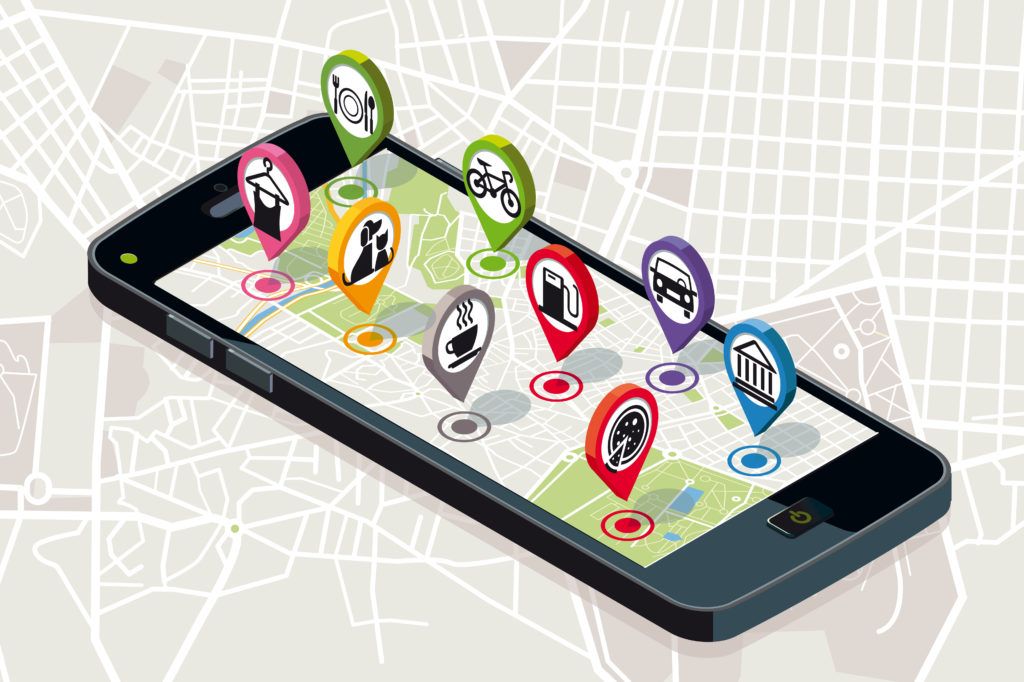XYO: Proof of Location

The current GPS system is proved to be not accurate enough to provide the precised location and accuracy that users have come to expect. Yet we have to rely on this system to deliver something or to search for something.
The first GPS used when scientists were able to track the satellite with shifts in its radio signal known as the “Doppler Effect.” The United States Navy conducted satellite navigation experiments in the mid 1960’s to track US submarines carrying nuclear missiles. With six satellites orbiting the poles, submarines were able to observe the satellite changes in Doppler and pinpoint the submarine’s location within a matter of minutes.
Almost all kinds of transportation vehicles now have a GPS or any type of navigational system on it. Even each of our own cellphone has one; that’s why we can use a popular app like Google Maps or Waze, to help us find the best route to any destination.
In the era of Artificial Intelligence (AI) and Autonomous Vehicles (AV), location tracking technology has become important more than ever before. A driverless car relies only on their location-based and mapping technology to take the passengers to their desired destination, in the safest way possible. Yet space meteorologists are warning that the sun, could interfere with GPS systems and cause a lot of problems for the current crop of self-driving cars in development.
There are a lot of alternatives to GPS but still they depend on centralized server for validating and securing location data, which make them:
• Susceptible to intentional and unintentional jamming and interference.
• Their signals are also weak and unusable in certain environments like deep canyons.
• Another important issue is that civilian GPS signals are unencrypted, unauthenticated, and specified in publicly available documents, making them spoofable.
The XYO Network solves the problem of location verification by creating a layered location verification service that is effective across device classes and smart contract protocols. Here is how it works:
The XYO Network is made up of four primary components:
• Sentinels, which gather data about their location, environment, and other nearby XYO Network devices and store this information on an onboard digital ledger,
• Bridges, which relay information from Sentinels to the public blockchain, where it is stored in perpetuity,
• Archivists, which store and index the information transmitted via Bridges,
• Diviners, which access the information in order to verify location or answer queries.
The history between Sentinels and Bridges creates an unalterable Proof of Origin Chain which is stored and indexed via Archivists. By examining individual Proof of Origin Chains and their Intersections with other Chains, Diviners can provide location verification and location history for a specific Sentinel or set of Sentinels.
It might sound complicated but it is not. In a simple sentence; XYO Network is a decentralized location data network, which not using a centralized server nor rely on one. As explained above, the power of XYO is that it consists of great numbers of devices and components to help validate a location data. By using this “consensus” system, location data faults and errors can be decreased to a sufficiently little amount, and the system could offer excellent results in multiple purposes.
The XYO technology can be used to improve all location-based “smart contracts”. For example, you can manage to create a smart contract for autonomous vehicles which operates only in a community college complex and not further.
XYO tokens will be distributed through a Token Sale starting on March 20, 2018. Please visit https://xyo.network/ for more details.

So Good! ;)
Thanks bro! :)
Up and fowlling you! ;)